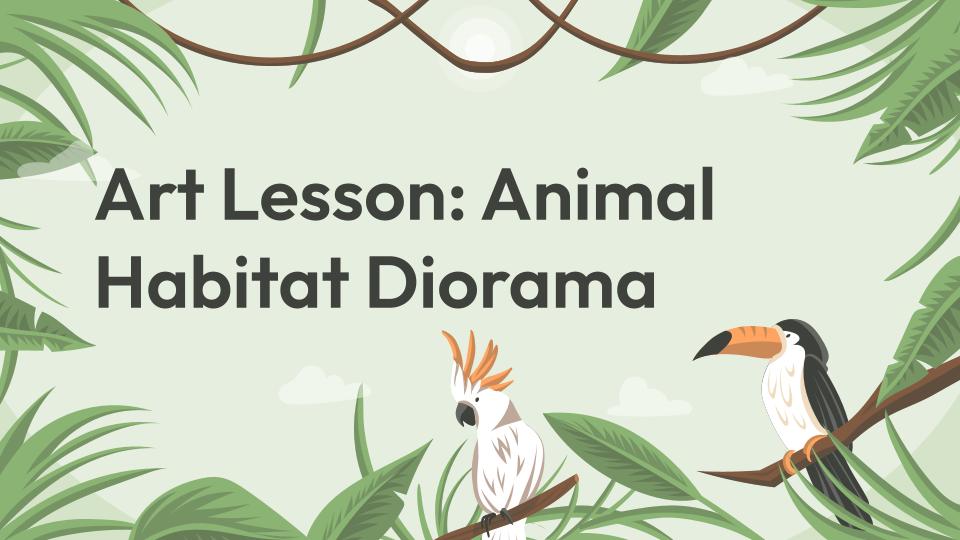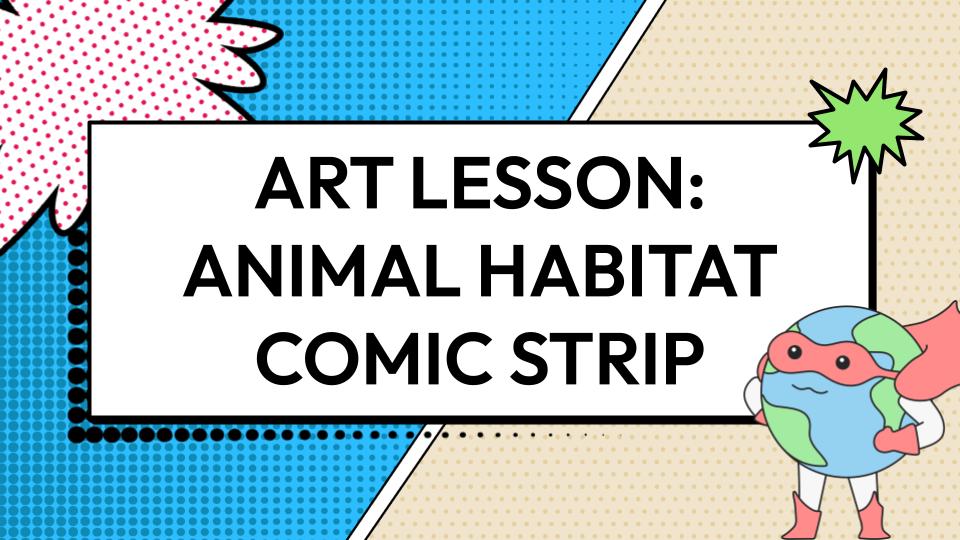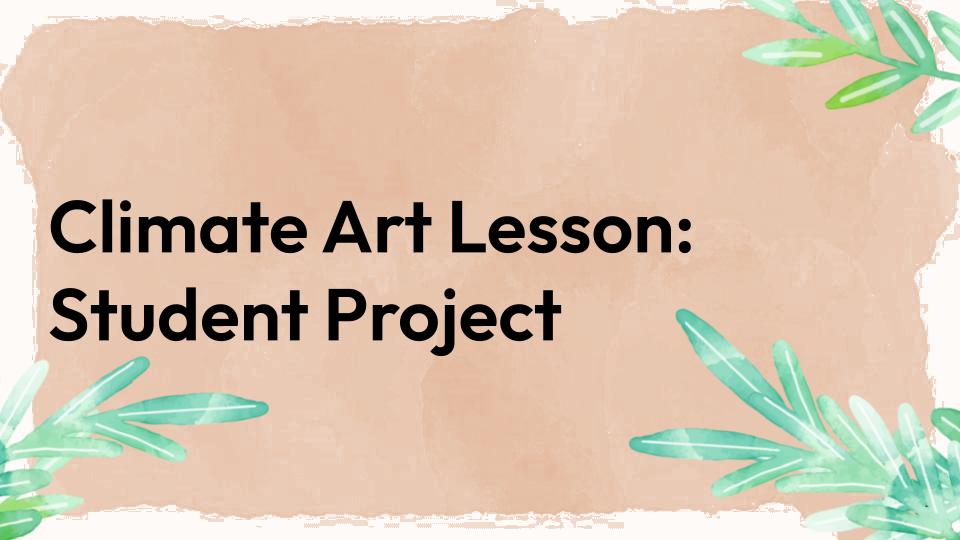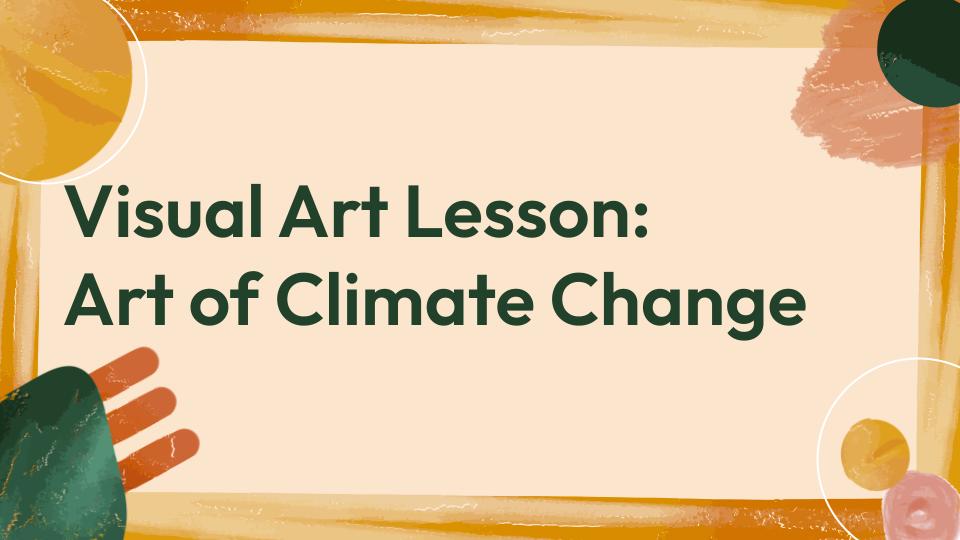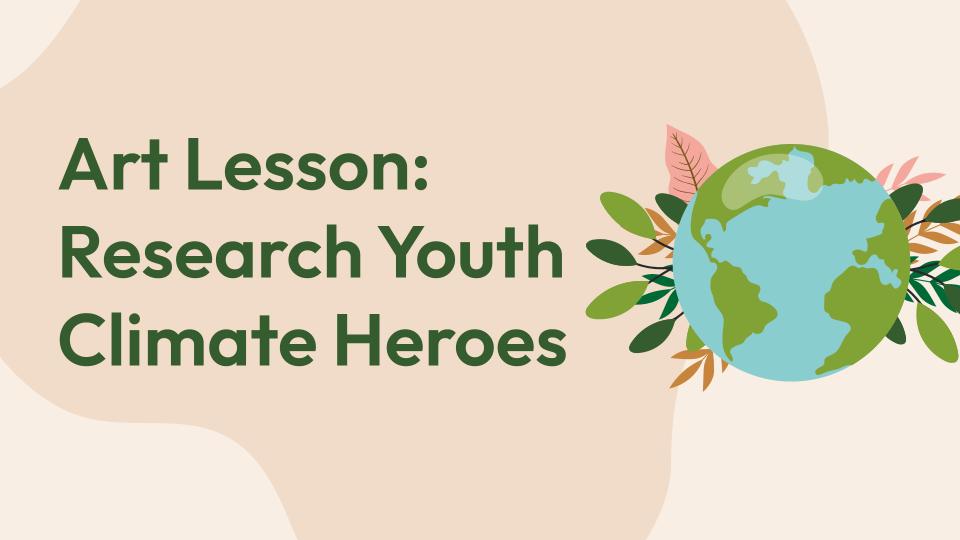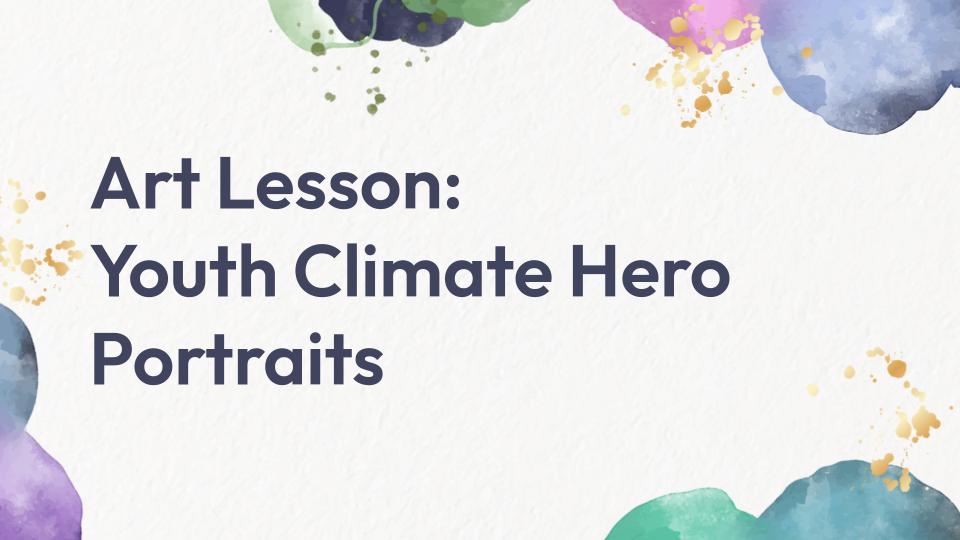Climate Change Art Project Ideas
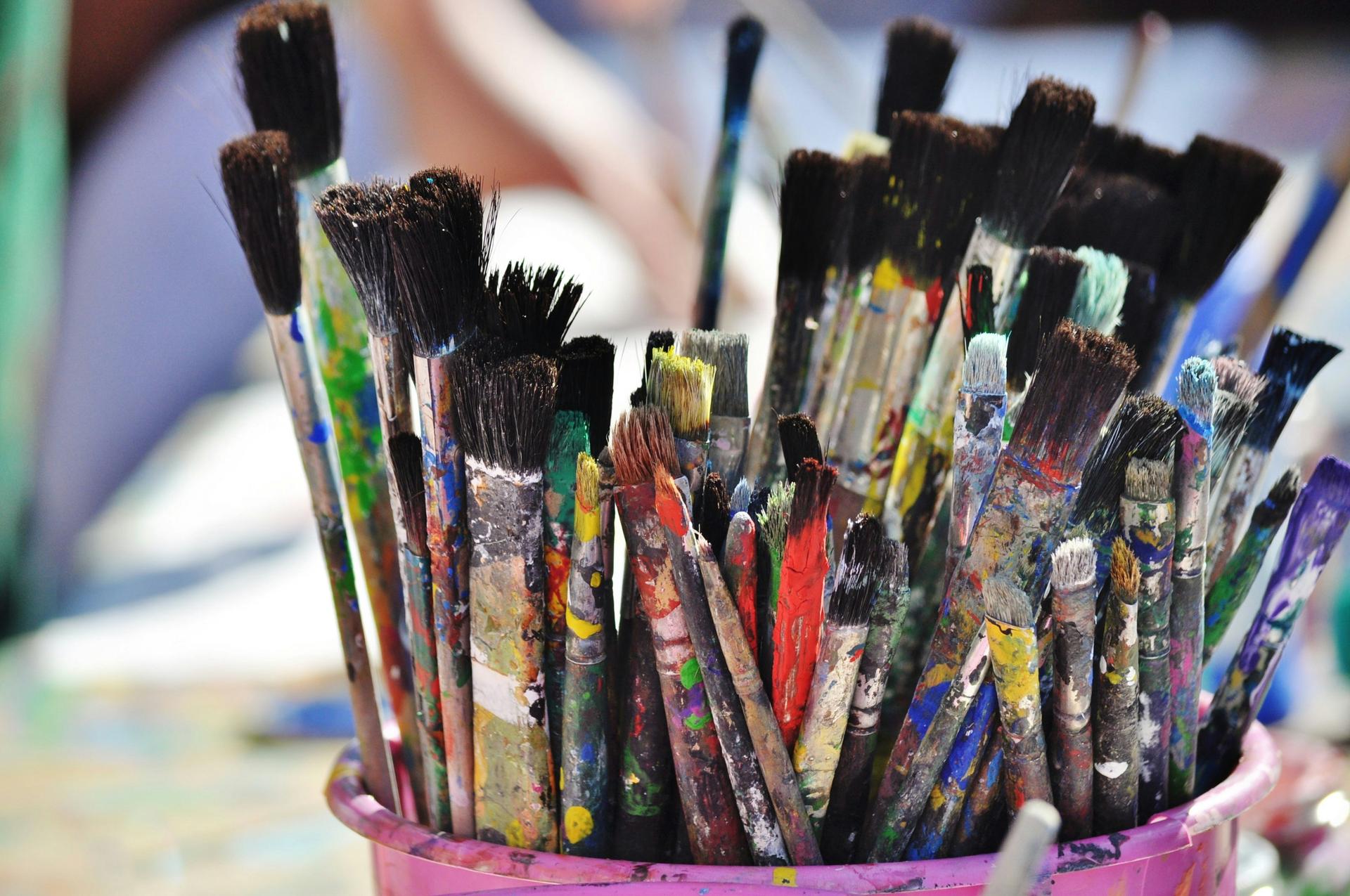
Art is a powerful and effective tool that has been used for thousands of years to educate, create awareness, and invoke change. Incorporating climate change art and environmental art projects into your lesson plans is an effective and engaging way to educate, inspire, and give students a tool that they can use to create awareness and change in those around them. Teaching climate change education through the perspectives of artists allows students to contemplate the emotional response of the artists to these complex issues as well as their own.
Do you want to include art in your climate change teaching experiences? Are you uncertain where to start? The lessons outlined below include valuable ideas and resources you can incorporate into any grade level. Whether you teach elementary or secondary, art can be a useful tool to include climate change awareness and education into your classroom.
As educators, we must help students feel capable of acting against climate change in the world, especially when it comes to issues as large, complex, and anxiety-inducing as climate change. These lessons allow all students of different interests and abilities to learn about climate change. These units and lessons encourage students' creativity and visual storytelling skills while providing step-by-step guidance for teachers. Youth engagement is key in the fight against climate change. From Greenland's melting ice to the cities of London and New York, youth from every part of the world can make a difference in safeguarding our planet's ecology. Together, we can create a sustainable future.
Climate Art Lessons and Units
In this unit, teachers guide students through an exploration of how climate change impacts animals and their habitats in New Jersey. Using creativity and artistic expression, students engage with art lesson plans that encourage inquiry, investigation, and reflection.
Students begin by identifying local animals and their ecosystems, then use various art forms—including sculpture, dioramas, and comic strips—to represent these species and the challenges they face. Through hands-on projects, students develop a deeper understanding of climate issues while expressing their ideas visually. Teachers can take these projects a step further by using sustainable art materials, such as found objects. Discussions throughout the unit inspire students to think critically about real-world solutions and their role in protecting the environment.
By integrating art with climate education, this unit empowers students to communicate environmental concerns creatively and meaningfully. Art is a great gateway for young students into the world of environmental stewardship.
Climate Art Lesson: Student Project

In this lesson, students explore how art can be used to convey environmental messages by studying the work of climate artist Jill Pelto. They analyze how color choices create emotion and meaning before practicing watercolor techniques to develop their artistic skills and create
Students then consider the impact of their own artwork by identifying a target audience and collaboratively creating a rubric to guide their creative decisions. Finally, they apply their learning to complete a watercolor piece that communicates a climate-related message, using artistic expression to inspire awareness and action.

Meet the Author
Lindsey Pockl, Educator
Art Lesson: Art of Climate Change

In this lesson, students explore how visual art can engage audiences and inspire action on climate change in ways that factual information alone cannot. They begin by reflecting on the unique role of art activism in shaping public perception and awareness of environmental issues.
Students then participate in simulated art exhibitions, taking on the roles of artists and museum curators. Artists research climate-focused visual artists, while curators develop criteria for selecting impactful pieces. Finally, artists present their chosen works, and curators evaluate them based on the established criteria, deepening their understanding of how art can be a powerful tool for climate advocacy.
In this unit, teachers guide students in exploring the power of art to inspire change and raise awareness about climate issues. Through art analysis, research, and hands-on creative projects, students examine how artists use their platforms to address climate change and consider their own role in advocacy and environmental activism.
Students begin by analyzing artwork that engages with environmental themes, reflecting on how art influences society. They then research youth climate activists from around the world, learning about their efforts to create a more sustainable future. Using artistic techniques such as proportion, composition, and color, students create original portraits of the activists who inspire them.
By combining research with creativity, this unit encourages students to use art as a tool for social impact, deepening their understanding of climate activism while developing their artistic skills.





